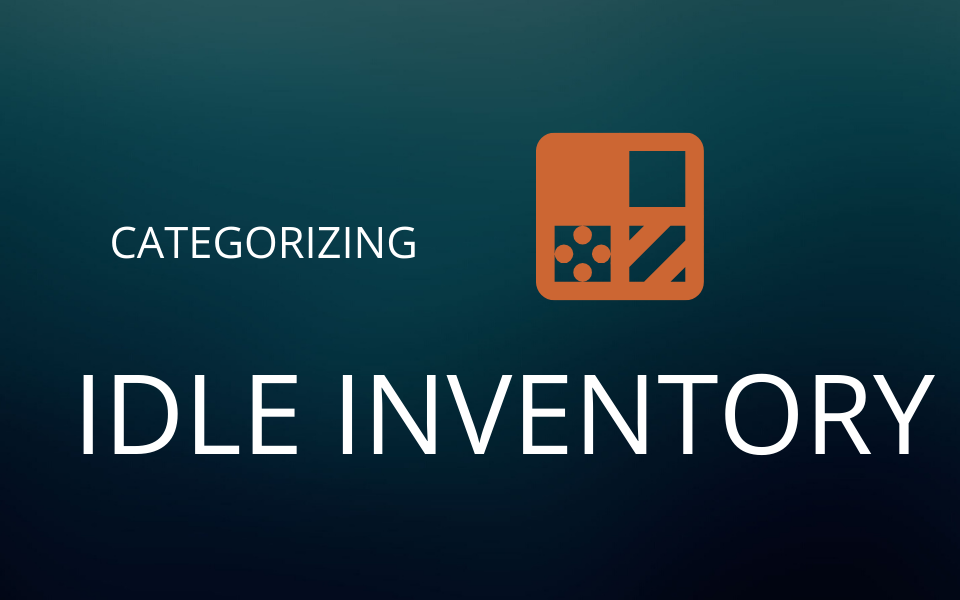Want to accurately classify idle inventory? Here’s our breakdown of types of idle inventory plus solutions for removal and prevention.
Idle Inventory Recap: Most dealerships classify excess, forced, technical obsolescence, and obsolescence as idle inventory. Idle inventory is an investment in your inventory that’s not needed to generate profit. But how much is too much? You don’t want to tie up your funds in idle inventory, and we believe if you have a consistent and accurate way to track and measure your inventory then you should see progress in idle inventory reduction. Start by ensuring you have access to accurate and specific reports on how much idle inventory, without tracking and measurement there’s no way to truly see progress.
Excess Inventory: These are parts that exceed best stocking levels or high days supply settings in your system. This type of idle inventory can make “Months No Sale” reports look better than they actually are, but the reality is that while that popular oil filter will almost assuredly stay in the zero (0) months no sale category, you could have a year’s supply of them on hand, dragging down inventory performance by taking up valuable space in the parts department that could be used for other parts! Read more to see if excess stock is costing your dealership
Forced Inventory: These are parts on hand which have not met your phase-in criteria. They’re mostly special orders that, for whatever reason, are still in your inventory. Special orders themselves are not the problem and are very much needed. Without them, inventories would have to be much larger, generating even more obsolescence. The real problem is when special ordered parts fail to make it to the customer and end up on your shelves instead. These parts can account for 30% or more of your on hand, making up half of your obsolescence as it ages past the 12 months no sale mark. Read more about forced stock to see if it’s causing your obsolescence to grow.
Technical Obsolescence: These are parts in the 7 to 12 months no sales category. When you have a part that hasn’t sold in 7 months, its chances of selling are near 30 percent. Even though it hasn’t made it to 13 months no sale yet, it’s technically obsolete and it’s chances of selling continue to diminish as each day goes by. Read more about how to track technical obsolescence so that your obsolescence doesn’t continue to grow.
Obsolescence: These are parts that have no sale or receipts in more than 12 months. Dealing with reactive retail, as we do in automotive dealerships, obsolescence is a necessary and unavoidable part of the business. It may not be unavoidable, but how much is a truly unmanageable amount? The industry standard seems to be 10%, and we shoot for 10% or lower with our clients.
If you’re considering selling parts through a parts broker read this first. If your obsolescence continues to grow and you need help, feel free to contact us!
PartsEdge works alongside parts departments to optimize their DMS and improve overall parts performance- resulting in more profit and less waste. To learn more or schedule a free demo, give us a call at (800) 825-7262 or email info@partsedge.com

